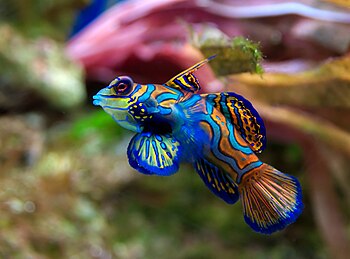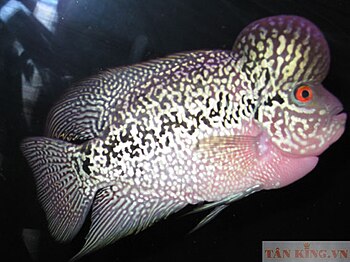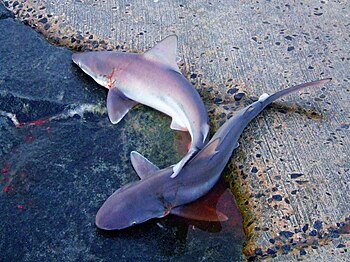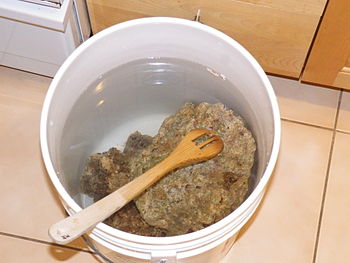Glowlight tetras fish is a nice-looking species with bright colors. As they are not very expensive and are available easily, they are picked up both by beginners as well as experienced fish-keepers.
Innovative breeders have recently developed number colorful varieties for this fish to choose from. As they do not require elaborate maintenance, keeping them is an enjoyable experience. However if you want to breed them, there are some specific things which you should keep in mind.
 |
Tetra Glowlight Hemigrammus erythrozonus (Photo credit: Wikipedia)
|
Breeding Glowlight tetras fish is considered moderately difficult by the fish-keepers. First of all, it is difficult to find out their sex because apparently there are no signs. You can take the help of a pet store while in bringing them home so that you can buy them in proportion of two to three females per male.
In the open nature, they can double their population in 15 months. However, their natural environment is difficult to replicate, the breeding becomes harder. In addition, Glowlight tetras fish are not famous for providing parental care to the young ones, so you have to look after the eggs as well as the fry.
When they are fully grown up and ready for spawning, you should shift them in the same proportion to a separate tank which you may call in breeding tank. Before that, you should feed them for at least 4 to 5 weeks very good food including live food. The breeding tank should be well decorated with live as well as artificial plants and there should be very low light in the tank. The temperature of the tank should be in the range of 78-84° F and the hardness of the water should be moderate.
Usually, the experienced breeders will keep males and females separately before bringing them together in the breeding tank. Once they are brought together, the pair will swim upside down and finally the female will start releasing the eggs. The fish will spawn on the leaves of the plant and there will be around 150 to 175 eggs at one time.
Some eggs will stick to the leaves of the plant while the others will fall down to the bottom of the tank. You should set up a spawning grate or glass beat at the bottom to take care of the eggs.
Once the spawning is over, you should immediately remove the adults from the breeding tank, otherwise they can eat the eggs. The hatching will take one or two days. The new ones will start swimming within about four days. You should feed them some special food like crushed flakes or baby brine shrimp.
The young ones are very delicate and if you are not keeping them in well-conditioned aquarium, they will not survive.
During their growth period, the water of the breeding tank should be absolutely clean and well treated. You should change the water frequently. Never change the entire water, but replace about 25 per cent of the water at one time. During their growth, there should be low lighting in the tank. You can increase the lighting gradually as they grow. They will develop the famous yellow stripe on their body in two to three weeks.
The fry will finally grow in about 4 to 6 weeks and then once they are adults, you can shift them safely to the main aquarium.
Chintamani Abhyankar is a goldfish enthusiast and has been raising and breeding goldfish for many years. He is an expert on their care and an advocate for raising healthy goldfish the natural way. Article Source: EzineArticles |







